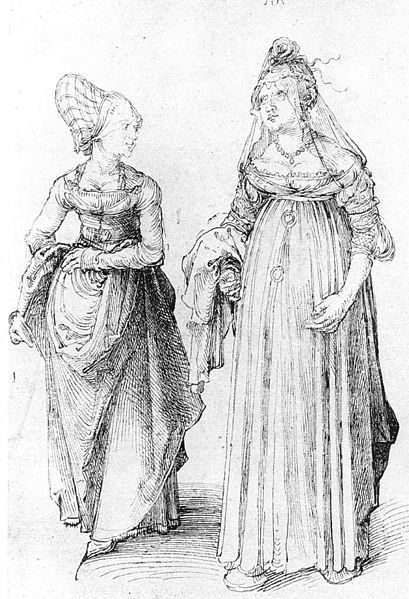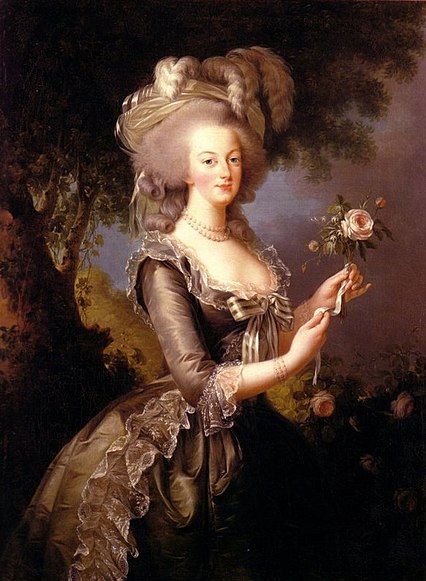Fashion:Fashion is a term for a popular style especially in clothing, footwear, accessories, makeup, or furniture. "Fashion" refers to a distinctive, however, often habitual trend in a look and dress up of a person, as well as to styles in behavior. "Fashion" usually is the newest creations made by designers and are bought by only a few number of people, however, often those fashions are translated into more established trends. More technical term, costume, has become so linked in the public eye with the term fashion that the more general term costume has in popular use mostly been relegated to special senses like fancy dress, while the term fashion means clothing generally, and the study of it. Refers to clothing, costume, and fabrics.
Fashion has been changing over years, for instance 16th century portraits of German or Italian gentlemen may show ten entirely different hats, and at this period national differences were at their most pronounced, as Albrecht Dürer recorded in his actual or composite contrast of Nuremberg and Venetian fashions at the close of the 15th century. The Spanish style of the end of the century began the move back among upper class Europeans, and after a struggle in the mid 17th century, French styles decisively took over leadership, a process completed in the 18th century. Here is an image to imply the idea of fashion back in the 16th/17th century.
 Albrecht Dürer's drawing contrasts a well turned out bourgeoise from Nuremberg (left) with her counterpart from Venice. The Venetian lady's high chopines make her taller.
Albrecht Dürer's drawing contrasts a well turned out bourgeoise from Nuremberg (left) with her counterpart from Venice. The Venetian lady's high chopines make her taller.
Here, he picked up a bit of change in the 1780's with the increased publication of French that showed the latest Paris styles, though there had been distribution of dressed dolls from France as patterns since the 16th century, and Abraham Bosse had produced engravings of fashion from the 1620's. By 1800's, all Western Europeans were dressing alike, local variation became first a sign of provincial culture, and then a badge of the conservative peasant. Although tailors and dressmakers were responsible for many innovations before, and the textile industry led many trends, the history of fashion design is normally taken to date from 1858, when Charles Frederick Worth (born in England) opened the first true haute couture house in Paris. Here is an example of fashion warn during his times.

Marie Antionette who was a fashion icon. The artist has used a range of colours, however often used dull colours such as black, dark blue and green. Noticing that her face is shining very bringht, as the artist has used only bright colours such as white, pink, red and creme. He was clearly concentrated mainly on that part. Light in this image has been mostly concentrated on her body which has been overlighted (mainly face), the rest have been very underlighted. The artist has also concentrated on fashion styling as Antinette was a fashion icon.
Fashion now is sertainly different from the one in 16th century and so on. Before women weren't allowed to show their ancles and men wore suits most of the time. Now, women are allowed to reveal most parts of their bodies (same thing applies to men). Clothing in 21st century is much more revealing and different, which is obvious as fashion changes over time. Here are some pictures from modern fashion.



No comments:
Post a Comment